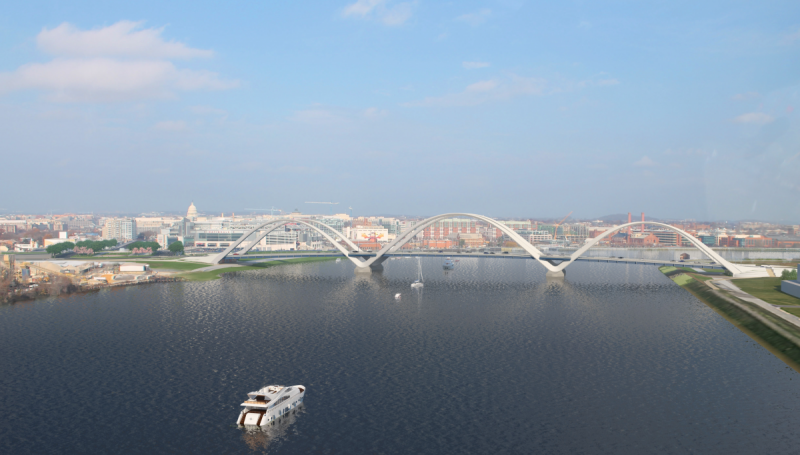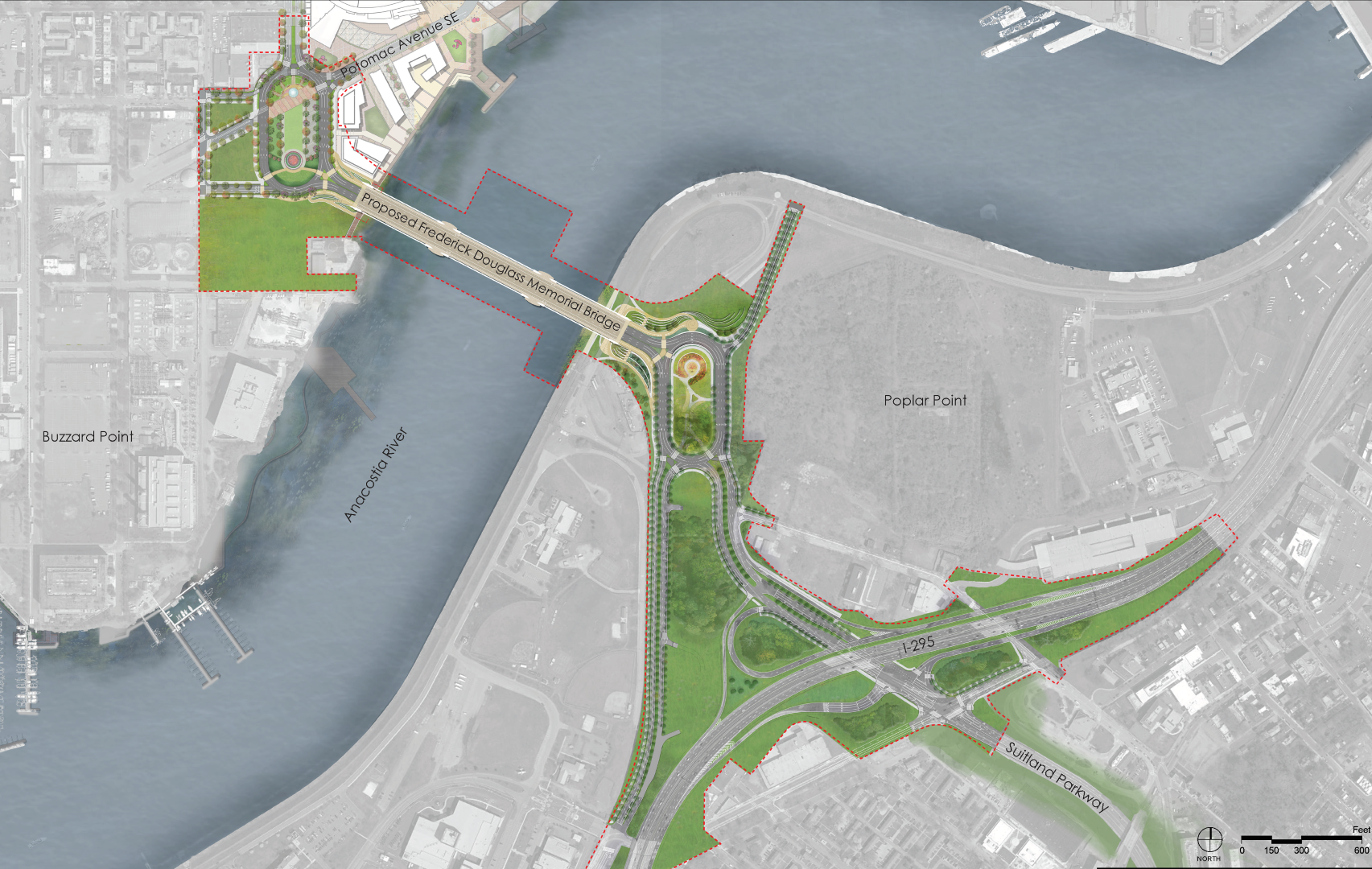What: South Capitol Street Corridor Project: A Geotechnical Overview
Presenter: Michael Rayl, P.E., Senior Project Engineer, ECS’s Special Projects Group
Randy Wirt, P.E., DBIA, Director of Engineering, ECS’s Special Projects Group
When: Tuesday, October 22, 2019
Time: Lunch is served at 11:45AM
Networking from 11:30AM – 12:00PM
Presentation begins at 12:00PM
Where: Hofheimer Building
2818 W Broad St, Richmond, VA 23230
Remember: Street Parking is available surrounding the area or attendees are welcome to take the Pulse to the Scott’s Addition Westbound Station or the Science Museum Eastbound Station.
Registration Price: $20 for members and $25 for non-members. Note the price will increase to $30 for both members and non-members at COB Friday, October 18th.
PDH: 1 Credit
Presentation:
The South Capitol Street Corridor project is a two-phase, nearly $1 billion project that will restore the corridor to the symbolic gateway envisioned in Pierre L’Enfant’s original plan of 1791. The first phase of the project is currently underway and includes the replacement of the Frederick Douglas Memorial Bridge, two approach ovals east and west of the Anacostia River, replacement of the I-295/Suitland Parkway Interchange, reconstruction of the I-295 overpasses at Howard Road and Firth Sterling Avenue, and the construction of several traffic ramps. The current Frederick Douglas Bridge carries over 70,000 drivers daily and is expected to open in 2021. The project is currently under construction and historically is one of the District Department of Transportation’s (DDOT) largest projects.

The South Capitol Street Corridor project site sits on a challenging and varying soil geology with heterogeneous soft soil conditions in several key locations of the project that pose critical geotechnical evaluation of foundation design and stability and settlement considerations.. A series of ground improvement methodologies, structural support slabs, and lightweight fills were used in tandem to meet project settlement and loading criteria in key locations across the project site. Large, aging, and fragile infrastructure crisscrosses the alignment, and protection measures were developed in order to protect these assets and to ensure their undisturbed operation.

Our presentation will provide a discussion on the general subsurface conditions, geotechnical challenges encountered across the project corridor, our approaches to solve the issues, and the evolution of initial design concepts to the final and ongoing design solutions that will support the project elements for the next century and beyond.
Registration:
Registration for this event is closed.
